Welcome to my comprehensive guide on feeding your aquarium fish. As a fish enthusiast myself, I know how important it is to provide your aquatic pets with the right nutrition for their overall health and well-being. In this guide, I will cover everything you need to know about feeding your fish for optimal health, including establishing a feeding schedule and understanding their nutritional needs.
Table of Contents
Key Takeaways:
- Understanding the nutritional needs of your aquarium fish is crucial for maintaining their overall well-being.
- Choosing the right fish food is important to ensure proper nutrition.
- Establishing a consistent feeding schedule is vital for maintaining good health.
- Monitoring and adjusting feeding patterns can help keep your fish healthy and happy.
- Feeding practices can impact water quality in your aquarium, so it’s important to maintain good filtration and regular water changes.
Understanding the Nutritional Needs of Aquarium Fish
As an aquarium owner, it’s important to understand the nutritional needs of your fish to provide them with an optimal diet for good overall health. Different fish species have varying dietary requirements, so it’s essential to choose a well-balanced diet that caters to their specific needs.
Fish nutrition plays a crucial role in the overall health of your fish. It affects their growth and development, disease resistance, and lifespan. A balanced diet must incorporate essential nutrients that your fish require in proper proportions.
Proteins, carbohydrates, fats, vitamins, and minerals are all nutrients that your aquarium fish need for a healthy diet.
The Essential Nutrients for Aquarium Fish
| Nutrient | Description | Food Sources |
|---|---|---|
| Protein | Amino acids that promote growth, repair tissues and provide energy | Spirulina, krill, shrimp, worms, insects |
| Carbohydrates | Provides energy and fiber for digestion | Corn, peas, wheat, soybeans, seaweed |
| Fats | Source of energy and essential for cell membrane structure | Larvae, krill, herring, salmon |
| Vitamins | Essential compounds required in small quantities to maintain overall health | Vegetables, fruits, and fortified fish food |
| Minerals | Essential nutrients that help maintain bodily processes and overall health | Calcium, iodine, magnesium, phosphorus, potassium, sodium |
Using a combination of commercial fish food and supplementary feedings can help ensure your fish’s nutritional requirements are met. In the next section, I’ll explore the types of fish food and how to select the right food for your fish.
Types of Fish Food
Choosing the right fish food for your aquarium fish is essential for their health and wellbeing. There are several types of fish food available, each with its benefits and drawbacks. By understanding the differences between them, you can make a more informed decision when selecting the best food for your fish.
Flakes
Flake food is one of the most popular fish foods on the market and is suitable for most types of fish. It’s a convenient option and is easy to store and use. However, it’s essential to ensure that you choose a high-quality brand with a balanced nutritional profile. Cheap flake food can be lacking in nutrients and can lead to health problems and poor growth.
Pellets
Pellets are another commonly available type of fish food. They come in various sizes and shapes and are designed to sink quickly, making them ideal for bottom-dwelling fish. Pellets provide a more balanced diet than flakes, with a higher concentration of nutrients per serving. However, be aware that some fish may find pellets hard to digest.
Freeze-Dried
Freeze-dried fish food is made by removing the moisture from fresh or frozen food. The resulting product can have a long shelf life and is often available in small cubes or powders. It’s ideal for fish that prefer live food, but it’s essential to choose a high-quality brand that ensures the food maintains its nutritional value. Some fish may not recognize freeze-dried foods as a food source, so it’s essential to introduce it gradually.
Frozen
Frozen fish food is a popular alternative to live food and is available in small blocks or cubes. It’s an excellent option for fish that require a high protein diet, such as carnivorous species. Frozen food is highly nutritious and is available in a range of options, including shrimp, krill, and brine shrimp. However, it’s essential to ensure that the food is properly thawed before feeding and that you remove any uneaten portions to prevent water quality problems.
Best Practices for Choosing Fish Food
Choosing the best fish food is essential in ensuring your fish receive proper nutrition. Here are some best practices for selecting the right food for your aquarium fish:
- Check the ingredient list: Look for fish food that includes high-quality proteins, vitamins, and minerals. Avoid options with filler ingredients like wheat or cornmeal.
- Consider the dietary needs of your fish: Some fish require a specific diet, such as herbivores that need algae-based food. Research the dietary needs of your fish species to ensure you’re providing the proper nutrients.
- Choose a variety of food: Offering a mix of flakes, pellets, and frozen options can provide a balanced and diverse diet for your fish.
“Remember, a well-balanced diet is crucial for the overall health of your aquarium fish.”
Comparing Fish Food Types
| Type of Fish Food | Benefits | Drawbacks |
|---|---|---|
| Flakes | – Easy to feed – Good for surface feeders |
– Can pollute water if not eaten immediately – Can be messy – Not ideal for bottom-feeders |
| Pellets | – Can be formulated for specific types of fish – Easy to feed – Long shelf-life |
– Can cause constipation if overfed – Not ideal for surface feeders |
| Freeze-Dried | – Long shelf-life – Retains nutritional value |
– Can cause constipation if overfed – Not as appetizing as live or frozen options |
| Frozen | – Nutritious – Can prevent disease transmission – Ideal for picky eaters |
– Requires freezer space – Can be more expensive than other options |
By following these best practices and understanding the different types of fish food available, you can make informed decisions when selecting the best food for your aquarium fish.
Establishing a Feeding Schedule
Feeding your aquarium fish on a consistent schedule is essential to their overall health and well-being. Every species has different nutritional requirements and feeding habits, so it’s important to develop a customized feeding schedule that works best for your fish.
The frequency of feedings depends on the species, age, and size of your fish. Typically, adult fish will require 1-2 feedings per day, while younger and growing fish may need to be fed more frequently.
It’s crucial to avoid overfeeding your fish, as this can lead to health problems and poor water quality in your aquarium. Remember to feed only what your fish can consume in 2-3 minutes, and remove any excess food that remains uneaten.
When establishing a feeding schedule, consider the feeding habits and preferences of your fish. Some are more active and will feed throughout the day, while others are more sedentary and prefer feeding in short bursts.
Sample Feeding Schedule for Popular Aquarium Fish
| Fish Type | Frequency | Quantity per Feeding |
|---|---|---|
| Betta Fish | 1-2 times per day | 2-3 pellets or flakes |
| Goldfish | 1-2 times per day | 1-2 pinches of flakes or pellets |
| Neon Tetra | 2-3 times per day | 2-3 flakes per fish |
A feeding schedule is not set in stone, so feel free to adjust as necessary based on the condition and behavior of your fish. Monitor their appetite, growth, and activity level, and adjust their feeding schedule and quantity accordingly.
Feeding Techniques for Different Fish Species
Each fish species has unique feeding habits and preferences, and providing them with the right diet is crucial for their health. Here, I’ll share specific feeding techniques for popular aquarium fish, ensuring you meet their dietary needs.
Cichlids
Cichlids are omnivores and require a mix of plant and animal-based foods for optimal nutrition. High-quality pellets and flakes are suitable for their diet, but you can also supplement their diet with live or frozen foods, such as brine shrimp.
Betta Fish
Betta fish are carnivores and require a high protein diet. Pellets and flakes designed specifically for bettas are the best option, and you can also feed them bloodworms and brine shrimp as a treat. However, avoid overfeeding, as bettas have a tendency to become overweight.
Goldfish
Goldfish are omnivores and require a varied diet to stay healthy. Look for high-quality pellets and flakes, and supplement their diet with fresh vegetables, like peas and lettuce, and live or frozen foods such as brine shrimp.
Tetras
Tetras are small fish that need a well-balanced diet. Flakes and small pellets are suitable for their diet, but supplementing their diet with freeze-dried or frozen foods, such as bloodworms, can provide additional nutrition.
Discus Fish
Discus fish are carnivores and require a high protein diet. Pellets designed specifically for discus fish are the best option, and you can also feed them bloodworms and brine shrimp as a treat. It’s important to note that discus fish are sensitive to changes in their diet, so make any changes gradually.
Supplementary Feeding: Treats and Live Foods
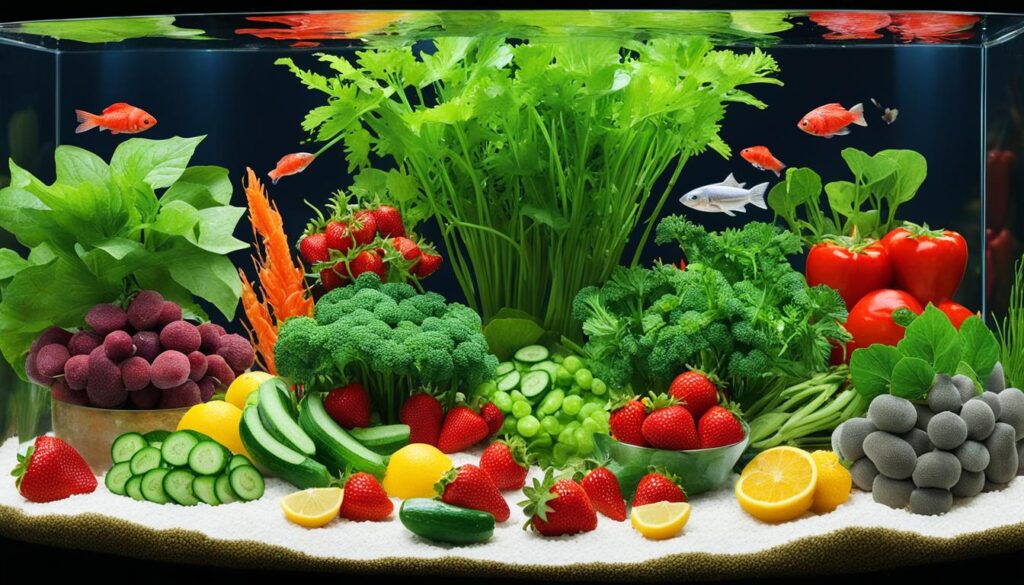
While commercial aquarium fish food is a great choice for providing your fish with the essential nutrients they need, it’s important to remember that variety is key. Supplementing your fish’s diet with treats and live foods can enhance their overall health and happiness.
Adding treats and live foods to your aquarium fish’s diet can provide the following benefits:
| Benefit | Description |
|---|---|
| Variety | Adding treats and live foods to your fish’s diet can provide a diverse range of flavors and textures. |
| Nutrition | Treats and live foods can provide additional vitamins and minerals that may be lacking in commercial fish food. |
| Enrichment | Live foods can stimulate natural hunting behaviors and provide mental stimulation for your fish. |
When selecting supplementary foods for your fish, consider their dietary needs and preferences. It’s important to choose high-quality treats and live foods from reputable sources to ensure they are safe and free from harmful bacteria.
Here are a few popular supplementary foods for aquarium fish:
- Freeze-dried foods: These include options like bloodworms, brine shrimp, and krill. They are a convenient choice as they don’t require refrigeration, and can be added to your fish’s diet a few times a week.
- Frozen foods: Frozen shrimp, squid, and fish are another excellent choice. They are packed with essential nutrients and can be defrosted before feeding.
- Live foods: Live foods like brine shrimp, daphnia, and mealworms can provide enrichment and mental stimulation for your fish. Ensure you purchase live foods from a reputable source and follow proper handling and storage guidelines.
Remember that treats and live foods should only be offered as supplements, and should not form the bulk of your fish’s diet. Overfeeding can lead to health problems and poor water quality in your aquarium. Always ensure you maintain an appropriate feeding schedule, and adjust feeding quantities as necessary based on your fish’s behavior and growth.
Avoiding Overfeeding: Quantity and Frequency
When it comes to feeding your aquarium fish, it’s essential to strike the right balance between providing enough food and overfeeding, which can lead to health problems and water quality issues. A proper fish feeding schedule is crucial to ensure that you feed your fish the right amount of food at the right time.
So, what are the guidelines for proper fish feeding?
| Guideline | Description |
|---|---|
| Frequency | Most fish thrive on two small feedings per day. |
| Amount | Feed your fish an amount they can consume in two or three minutes. |
| Observation | Watch your fish for signs of hunger or overeating. Overfed fish may show a lack of energy and a swollen belly. |
| Treats | Limit treats to no more than 10% of your fish’s overall diet. |
Typically, it’s best not to feed your fish daily. The goal is to develop a schedule that provides enough food to meet their dietary needs without overfeeding. Following recommended feeding guidelines helps maintain the health of your fish and prevents food waste.
Note: The quantity and frequency of feedings vary depending on the species of fish, so be sure to research the specific needs of your aquatic pets.
Feeding Considerations for Specific Health Conditions
It is essential to consider the dietary needs of your fish if they have specific health conditions or abnormalities.
Swim Bladder Issues
Swim bladder problems are common in aquarium fish and can cause them to have trouble swimming or float uncontrollably. To avoid worsening the issue, it’s crucial to adjust their feeding habits. Small, frequent feedings of a low-fat diet can help alleviate the symptoms. Food containing greens and fiber, like spirulina and peas, is also known to help with constipation and other digestive-related issues. Try soaking their food in water before feeding, making it easier to digest and prevent constipation.
Mouth Abnormalities
Some fish species are prone to mouth abnormalities, including deformities or missing teeth. Feeding them food that is soft or easily digestible can help prevent further damage or discomfort. Live or frozen small food, such as brine shrimp or daphnia, can be ideal as they do not require the fish to chew before swallowing.
| Recommended food types | Foods to avoid |
|---|---|
| Live or frozen small foods (brine shrimp, daphnia) | Hard pellets, large flakes |
Injured Fish
If your fish is recovering from an injury, their feeding should align with their recovery process. Medication or treatments can affect your fish’s appetite and digestion, so feeding them small quantities of nutrient-dense foods is ideal. Supplement this with live foods that can keep them interested in feeding as they recover.
Monitoring and Adjusting Feeding Patterns
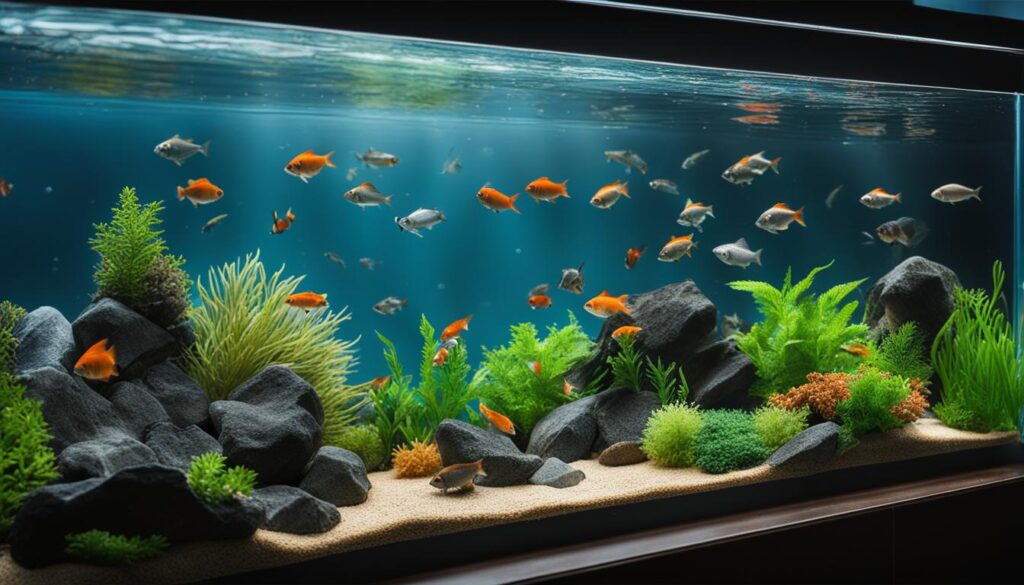
Feeding your aquarium fish is not a set-it-and-forget-it task. You need to actively monitor and adjust your fish’s feeding patterns to ensure they are receiving the ideal nutrition for their specific needs. Here are some tips to help you do just that:
Observe their behavior: Pay attention to how your fish behave during feeding time. Are they eagerly swimming to the surface, or do they seem disinterested in the food? These observations can help you determine if they are receiving the right amount and type of food.
Assess their growth: Your fish’s growth rate can also offer valuable insights into their feeding patterns. If they are not growing as expected, you may need to adjust their feeding schedule or introduce new types of food to their diet.
Make necessary adjustments: Based on your observations and assessments, you may need to make changes to your fish’s feeding schedule or types of food. Keep in mind that adjustments should be gradual and carefully monitored to avoid adverse effects.
| Signs you need to adjust your fish’s feeding | Actions to take |
|---|---|
| Your fish are not showing interest in their food | Try changing the type of food or adjusting the feeding schedule |
| Your fish are getting too skinny or too fat | Monitor their growth and feeding behavior, and adjust food quantity as necessary |
| Your tank water is becoming cloudy or developing an odor | Reduce the amount of food you are feeding or adjust the frequency of feedings to avoid overfeeding |
Remember that the goal is to provide your aquarium fish with the proper nutrition for their optimal health and well-being. Embrace the ongoing monitoring and adjustment process to ensure you are meeting their specific dietary needs.
Water Quality and Feeding
As your aquarium fish consume food, they produce waste that can impact the water quality in your tank. To maintain optimal water conditions while feeding your fish, it’s important to follow proper feeding techniques and implement regular cleaning and maintenance practices.
Proper Feeding Techniques: When feeding your fish, be sure to only give them the amount they can consume in a few minutes. Overfeeding can lead to excess waste production and health issues. Remove any unconsumed food after feeding to prevent it from decomposing in the tank and causing further contamination.
Filtration: The use of a filtration system is essential for maintaining good water quality. It helps to remove fish waste and uneaten food, ensuring the water remains clean and clear.
Regular Water Changes: Changing a portion of the water in your tank every week can help dilute any built-up toxins and waste while replenishing essential minerals and nutrients. It’s recommended to change anywhere from 10-30% of the water depending on the size of your tank and the number of fish you have.
Monitoring Water Quality: Testing your water regularly with a water testing kit can help you identify any issues and adjust your maintenance practices accordingly. Keep an eye out for high levels of ammonia, nitrites, and nitrates, which can harm your fish.
By following these tips and techniques, you can ensure that your fish receive a proper diet while maintaining optimal water quality in your aquarium.
Conclusion
In sum, feeding your aquarium fish is a crucial aspect of maintaining their overall health and well-being. As a fish owner, it is your responsibility to understand their dietary needs, choose the right food, monitor their feeding patterns, and maintain optimal water quality. Remember to establish a feeding schedule, use the appropriate techniques for various fish species, and avoid overfeeding.
By following the tips and advice provided in this guide, you can provide your aquatic pets with the proper nutrition and care they need to thrive in their environment. Don’t forget to adjust their diet as necessary and be mindful of any specific conditions or requirements they may have. With a bit of effort and attention, you can enjoy a happy and healthy aquarium for years to come.
FAQ
What are the different types of fish food available for aquarium fish?
There are several types of fish food available, including flakes, pellets, freeze-dried, and frozen options.
How do I choose the best fish food for my aquarium fish?
When choosing fish food, it’s important to check the ingredient list and consider the dietary needs of your specific fish species.
How do I establish a feeding schedule for my aquarium fish?
To establish a feeding schedule, consider the nutritional requirements of your fish and their feeding habits.
What feeding techniques should I use for different fish species?
Different fish species have unique feeding habits and preferences. It’s important to understand and cater to these specific needs.
Can I supplement my fish’s diet with treats and live foods?
Supplementing your fish’s diet with treats and live foods can provide additional nutrients and enrichment. However, it’s important to consider the benefits and potential risks.
How much and how often should I feed my aquarium fish?
Overfeeding can lead to health issues and water quality problems. Follow feeding guidelines to determine the appropriate quantity and frequency of feedings.
Are there special feeding considerations for fish with specific health conditions?
Fish with certain health conditions may require special dietary considerations. Consult with a veterinarian or aquatic specialist to develop a feeding plan tailored to their needs.
How can I monitor and adjust my fish’s feeding patterns?
Monitoring your fish’s feeding patterns, behavior, and growth is essential. Adjust their diet as necessary to ensure they are receiving the ideal nutrition for optimal health.
How does feeding impact water quality in my aquarium?
Feeding practices can affect water quality. Maintain proper filtration, conduct regular water changes, and employ proper feeding techniques to preserve optimal water conditions.
What is the importance of feeding your aquarium fish a proper diet?
Feeding your aquarium fish a proper diet is crucial for their overall health and well-being. It ensures they receive the necessary nutrients to thrive in their aquatic environment.
References
- International Federation of Online Clubs and Aquatic Societies (IFOCAS)
- Federation of British Aquatic Societies (FBAS)
- Northeast Council of Aquarium Societies (NEC)
- Federation of American Aquarium Societies (FAAS)
- Marine Aquarium Council (MAC)
Please also check other articles on this website like:
Master Breeding Techniques for Angelfish – A Guide for Hobbyists
Mastering Dwarf Puffer Fish Care: A Friendly Guide
Male or Female Betta? How to Tell – Your Ultimate Guide
Complete Guide to Plecostomus Tank Size: Tips and Advice
Simple Guide to Easy-to-Care-for Aquarium Plants
Discover the Diverse Corydoras Catfish Varieties- A Guide
Get to Know Various Types of Algae Eaters
Master Guide: Best Water Parameters for Goldfish Care 2023-24
Mastering Black Ghost Knife Fish Care: A Comprehensive Guide
Optimal pH Levels for Tropical Fish: Essential Aquarium Guide
Discovering Freshwater Snail Species: An In-depth Guide
Expert Tips for Breeding Guppies: Keys to Successful Fishkeeping
Discover Peaceful Community Fish: Your Guide to Calm Aquatics
Ultimate Guide to Live Food for Betta Fish — Healthy Choices
Complete Guide to Your Perfect Cichlid Tank Setup
Your Guide to the Best Substrate for Planted Aquariums
Essential Guide to Discus Fish Care: Help Your Pets Thrive!
Grow Your Own Eden: Beginner-Friendly Aquascaping Plants Guide
Perfect Neon Tetra Tank Mates: Guide to Aquarium Harmony
Product Review of Eheim Classic vs Professional
The Ultimate Guide to Discus Fish Care
What Fish Can Live With Discus?
Ideal pH for Discus Fish | Aquarium Water Guide
How to Sex Discus Fish?: A Simple Guide for Hobbyists
Complete Discus Fish Tank Setup Guide
Can Discus Fish Live With Angelfish? The Complete Guide
Discus Diet Guide: What Do Discus Fish Eat?
Are Discus Fish Hard to Keep? Insights & Tips.
Optimal Discus Fish Water Parameters Guide
Discus Fish Size Guide 2024: How Big Do Discus Fish Get?
Ultimate Million Fish Guppy Care Guide 2024
Simple Guide to Easy-to-Care-for Aquarium Plants
Grow Your Own Eden: Beginner-Friendly Aquascaping Plants Guide
Hornwort Aquarium Plants: The Ultimate Guide to Care and Maintenance
I am a passionate aquarist with over 30 years of hands-on experience in fishkeeping. My journey began at a young age, collecting fish from the wild and learning through experimentation. Specializing in tropical fish, I bring a deep understanding of the hobby to FishKeepingMadeSimple. The site provides honest, detailed reviews of essential products and accessories to help fellow enthusiasts create the best environments for their fish.

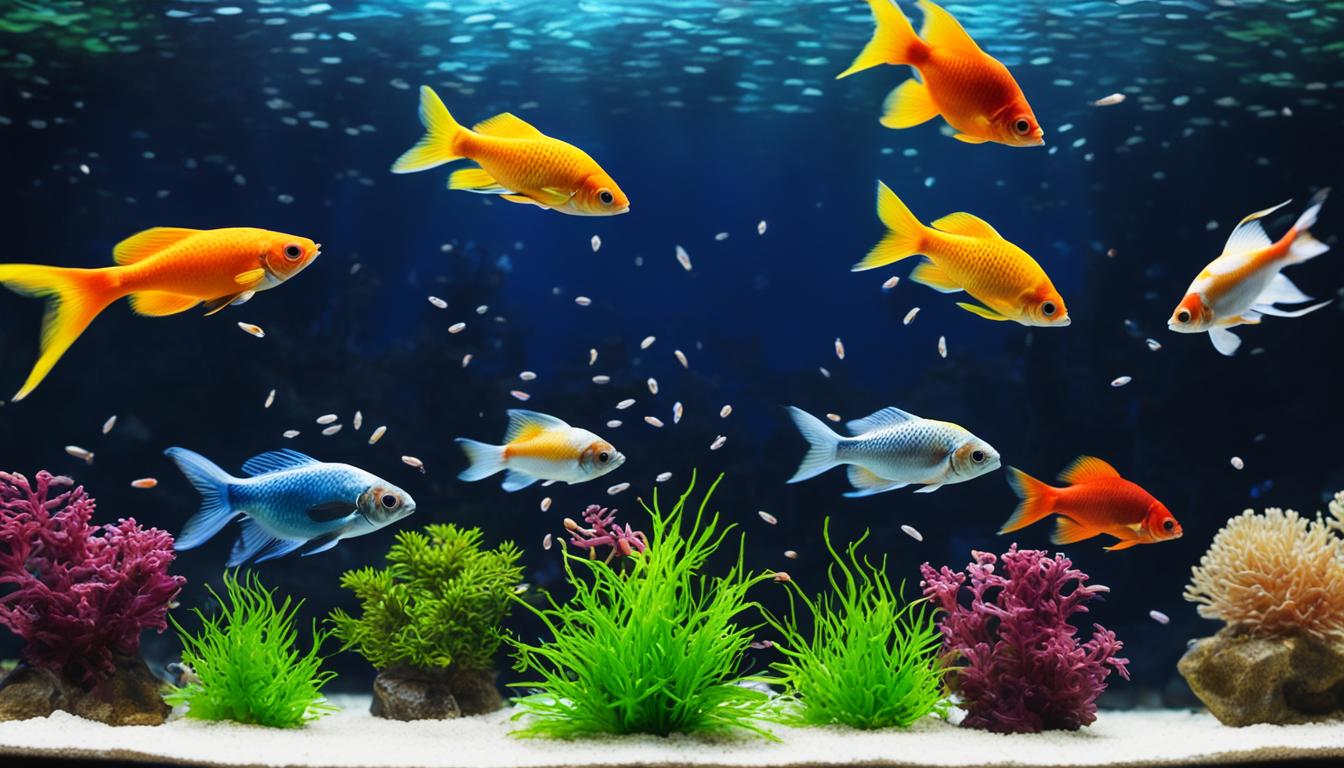
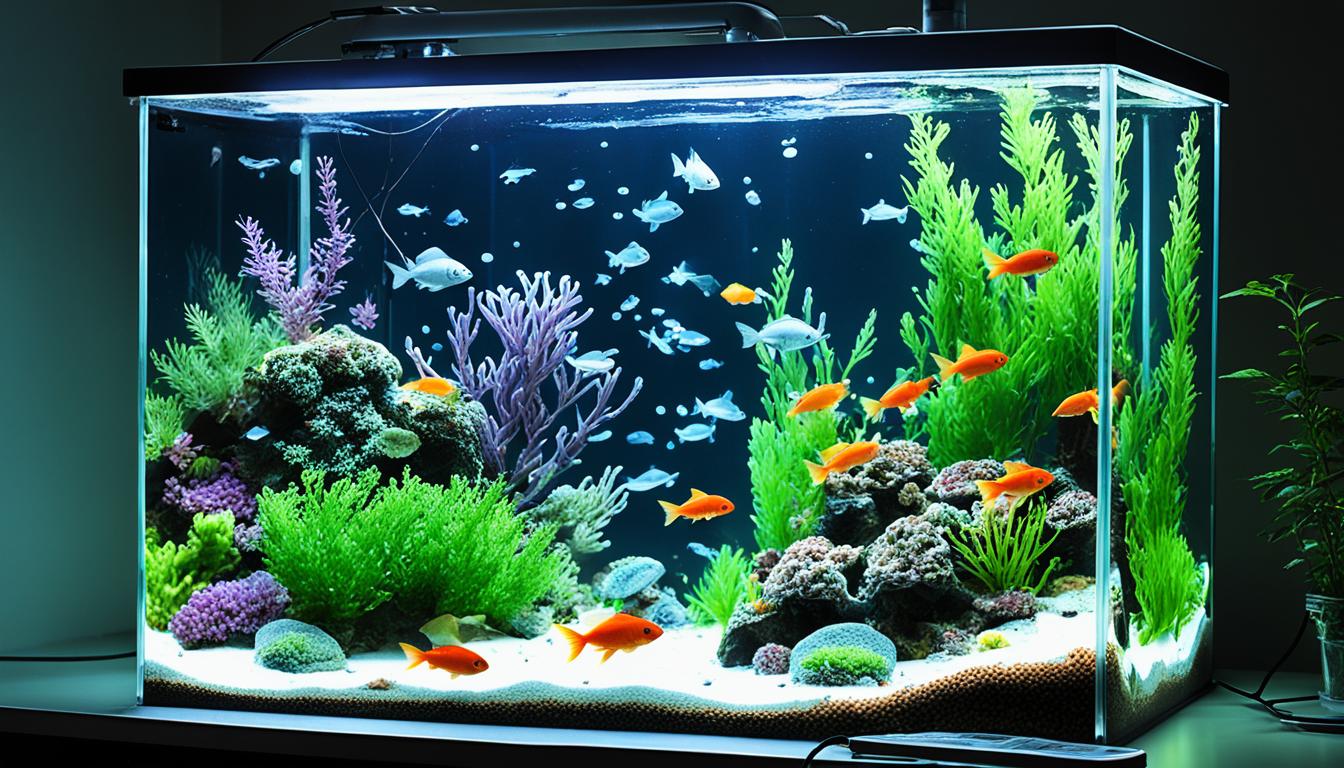
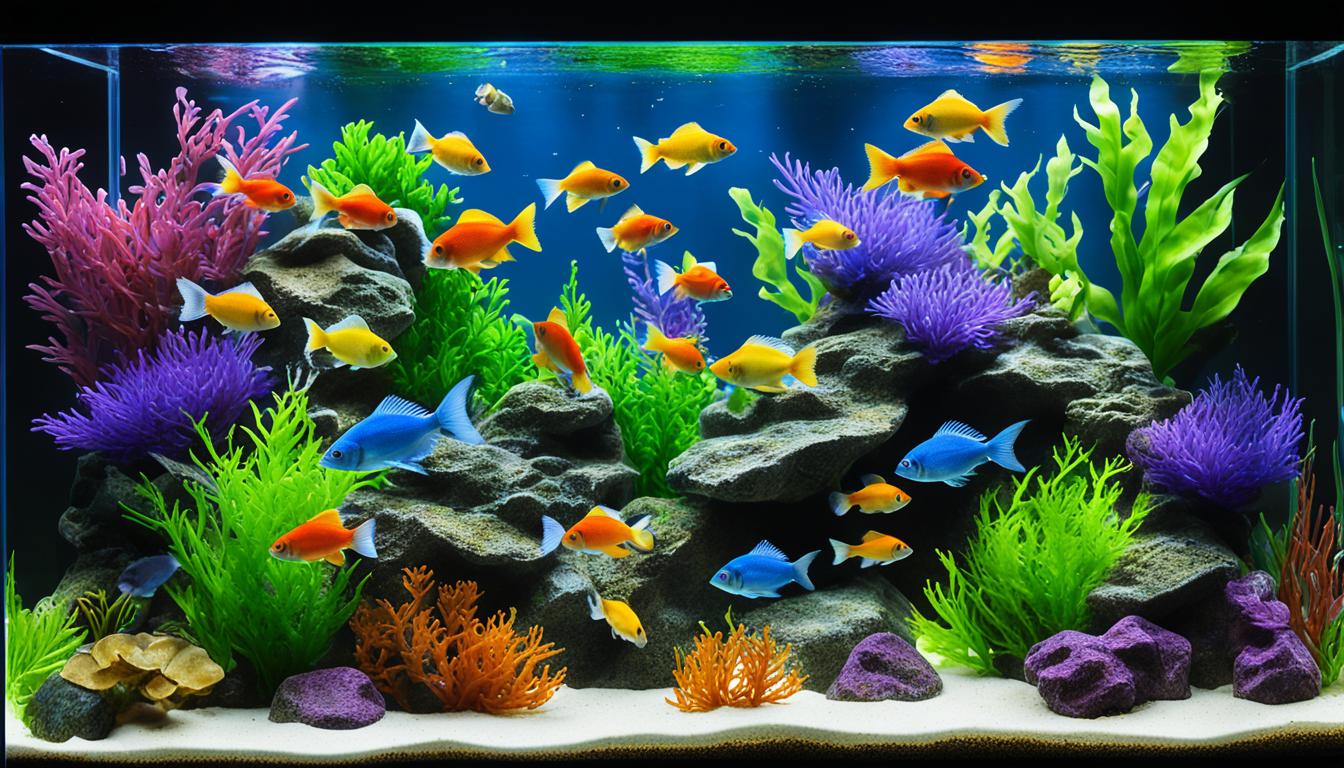






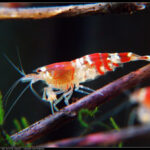
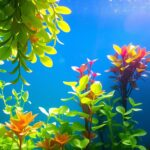
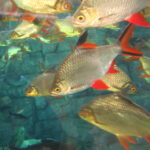
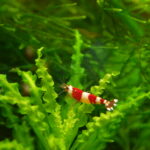
[…] Feeding Your Aquarium Fish: The Complete Guide […]
[…] Feeding Your Aquarium Fish: The Complete Guide […]
[…] Feeding Your Aquarium Fish: The Complete Guide […]
[…] Feeding Your Aquarium Fish: The Complete Guide […]
[…] Feeding Your Aquarium Fish: The Complete Guide […]
[…] 50% of aquarium fish carry internal or external […]
[…] introducing new fish to the aquarium without proper quarantine procedures to minimize the risk of introducing diseases or […]
[…] Feeding Your Aquarium Fish: The Complete Guide […]
[…] An optimal habitat setup is crucial for ensuring the well-being and longevity of these freshwater aquarium fish. […]
[…] up a hospital tank is a must to keep your aquarium fish healthy. You need the following materials for a successful […]
[…] also known as suckerfish, are popular aquarium fish known for their unique appearances and useful algae-eating habits. If you’re wondering how […]
[…] Bleeding Heart Tetra, scientifically known as Hyphessobrycon erythrostigma, is a popular freshwater aquarium fish that is highly regarded for its vibrant coloration and peaceful nature. Native to South America, […]
[…] brine shrimp: Brine shrimp are a popular choice for many aquarium fish, including hillstream […]